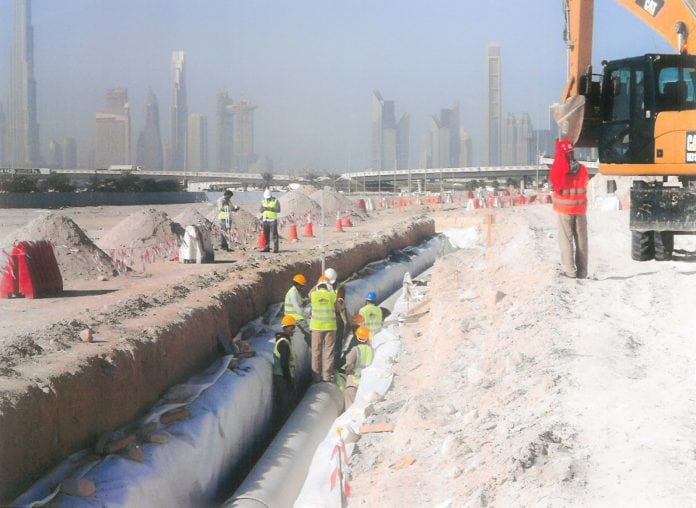
The Covid-19 outbreak put many sectors at a standstill, with building and construction recording a moderate growth since the pandemic struck.
However, the Middle East and Africa, in general, have done well in controlling the pandemic. Though it has led to an economic slowdown, there is a chance of recovery projected within the first quarter of 2021.
BusinessWire intimated that the Middle East and Africa’s construction industry would record an annual growth rate of 7.1 percent by 2024. Still, the pandemic has slowed everything, with the main concern being the shifting of timelines from Coronavirus’s effects.
However, the building and construction sector will have to adjust to the new normal to keep the projects going. Recent trends are therefore emerging, which will shape the industry.
These include:
Green Movement taking shape
The concept of sustainable development traces back to the 1970s. As part of the United Nations Environmental Program, contractors must create environmentally friendly and resource-efficient structures, from siting to design, construction, operation, maintenance, renovation, and deconstruction.
New technologies crop up to complement the emerging trends, but there is a constant objective; “To reduce the overall impact of buildings to human health and the environment.”
Prefabrication and Modularization
The first United Nations Conference on Trade and Development took place in Geneva in 1964. Since then, there has been an increase in multi-trade prefabrication, allowing multiple constructions of buildings within the shortest period.
A case in point is printing the world’s first 3D office in Dubai in 17 days. Experts believe this practice saves time and other resources. We are likely to experience an uptake on this front as more construction firms race against time and strict deadlines to complete their bespoke projects.
Innovation
A report by McKinsey and Company states that over 49 percent of all construction tasks are subject to automation, and if this is the case, it is not just cost-effective but also improves the quality of work.
Innovation is now becoming a rapidly growing trend in the manufacture of building equipment and materials and for obvious reasons. The construction industry faces the need to provide better services and deliver sustainable, modern and safer buildings. Innovation will, therefore, continue to play a vital role in the construction sector not just in the region but globally as well.
Infrastructure in the Middle East and North Africa
2020 saw dismal performance in the industry across the world due to the pandemic’s effects, but 2021 looks promising, with a positive growth projected to return within the first quarter.
The overall construction industry in the Middle East and North Africa (MENA) in 2021 and the coming years should experience real growth by about 3.5 percent.
The collapse of Arabtec Construction Company in the United Arab Emirates (UAE) may lead to a diverging growth outlook in the critical market. Still, it has also contributed to a shifted mindset to give companies a competitive landscape in the region.
The real estate space in the MENA is currently going through a metamorphosis, with major projects like the much-anticipated Expo2020 in the UAE taking shape. The world has its eye on the Middle East not only to ensure the transformation meets global standards but also serves as a benchmark for the industry.
The effects of the pandemic notwithstanding, and with trends that keep emerging, the construction industry in the MENA region still remains resilient. It can withstand global, local, and industrial challenges.
Linesight, a leading international construction consultancy recently released their findings regarding the construction industry in the Middle East, specifically UAE, Saudi Arabia, Bahrain and Kuwait.
The findings highlighted the economic slowdown due to Coronavirus effects, and recorded a chance of modest growth within the industry expected in 2021 and beyond. On a positive note, the restrictions of the pandemic are serving as a catalyst for further advancements in the building sector and the results will soon be evident.




































